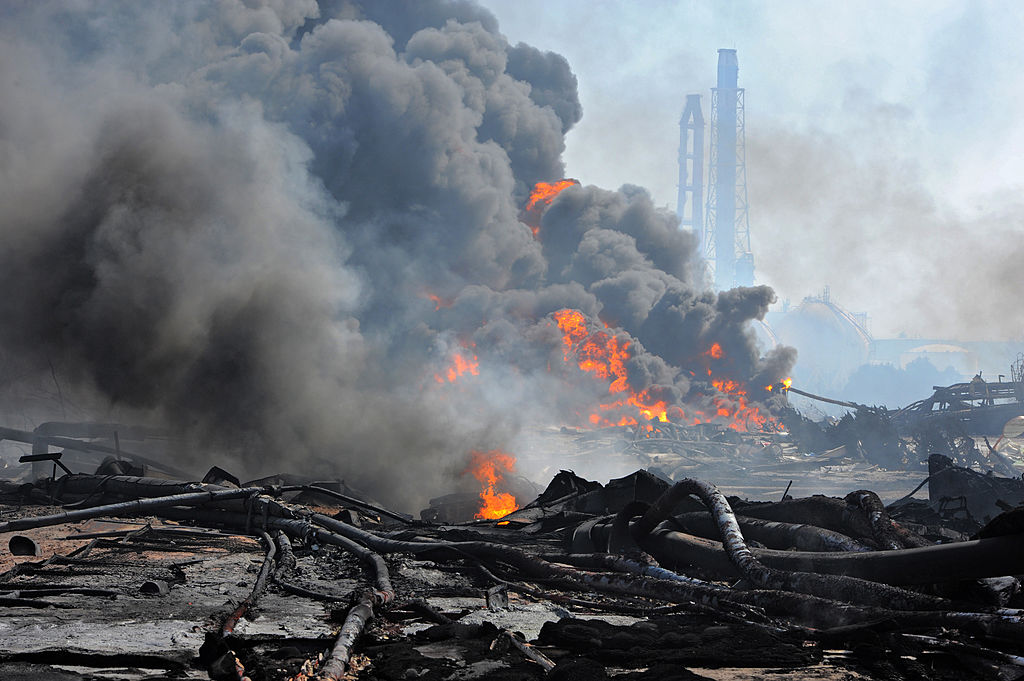Workshop overview
|
Year level
|
7-9
|
|
Capacity
|
16-32 students. If you want to bring more students, email highschool.workshops@qut.edu.au |
|
When
| School days: Monday, Tuesday, Thursday and Friday
|
|
Duration
|
Half day (Years 7 - 9)
|
|
Where
|
QUT Gardens Point, Science and Engineering Centre
|
|
Cost
|
Free (refer to terms and conditions.) |
Workshop details
"The greatest scientists are artists as well."
Albert Einstein
Cosmos magazine said in 2018 that “for as long as artistic expression has existed, it has benefitted from interplay with scientific principles – be it experimentation with new materials or the discovery of techniques to render different perspectives.”
This is the basis of this new workshop which brings together art and science to discuss the impact of nuclear technologies and the important role scientists play in communicating complex concepts to a broad audience.
Drawing on the art of Ken and Julia Yonetani and their collaboration with scientists on the impact of the Fukushima nuclear disaster students will explore artistic and scientific forms of communicating the impacts of nuclear technologies. Students will explore concepts outside of the Australian curriculum through the application of nuclear physics in medicine, industry, space exploration, nuclear weapons and nuclear disasters.
Students cover disciplines including science (chemistry, physics, biological sciences) and visual arts through an exploration of key concepts and activities. Students will:
- Explore the inter-connectedness of art and science as a means of communication using historical and current QUT research as stimulus
- Learn how science and art can be used to communicate important scientific discoveries, health messages and current issues in a range of formats to different audiences
- Explore how visual artists use art and science to communicate concerns about nuclear technologies
- Learn about positive and negative aspects of nuclear technologies and impacts on humans and the environment using microscopes to explore cell mutations
- Make art by providing an artistic response to their research on nuclear technologies and sharing this with the class
This workshop was developed in partnership between QUT STEM High School Engagement and the QUT Art Museum.


